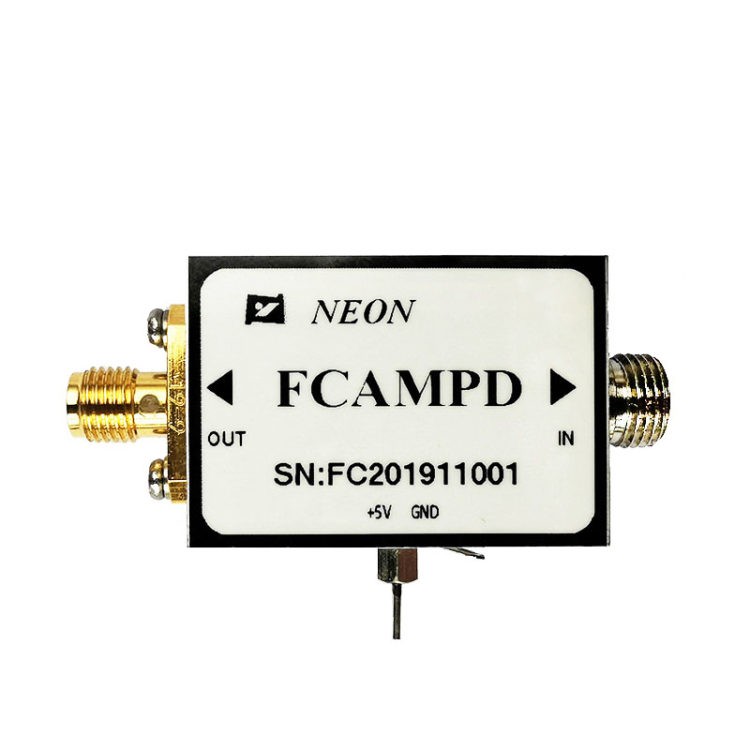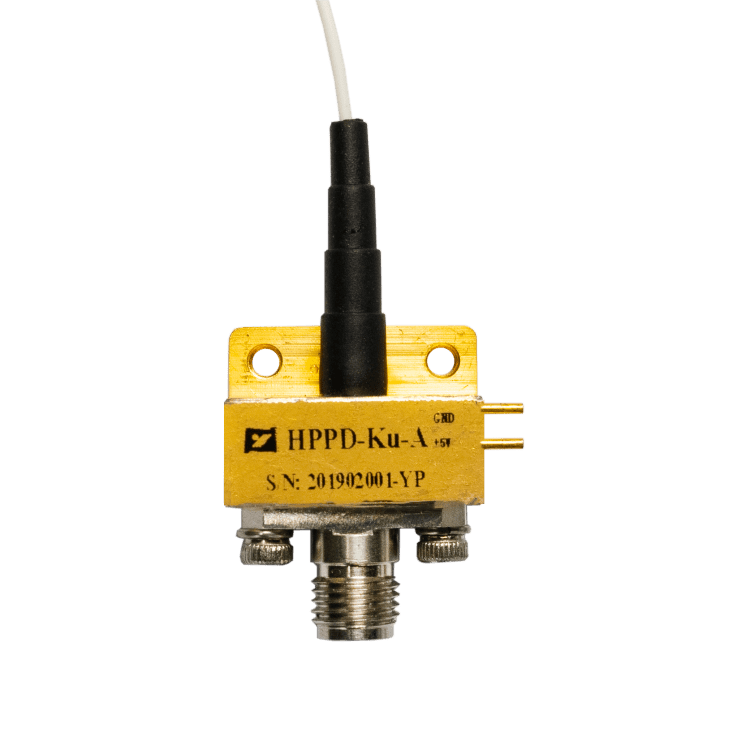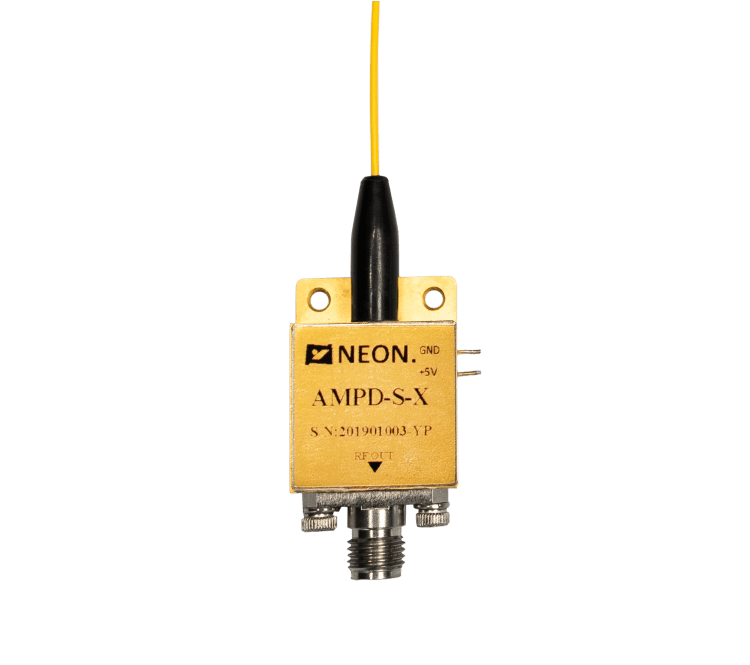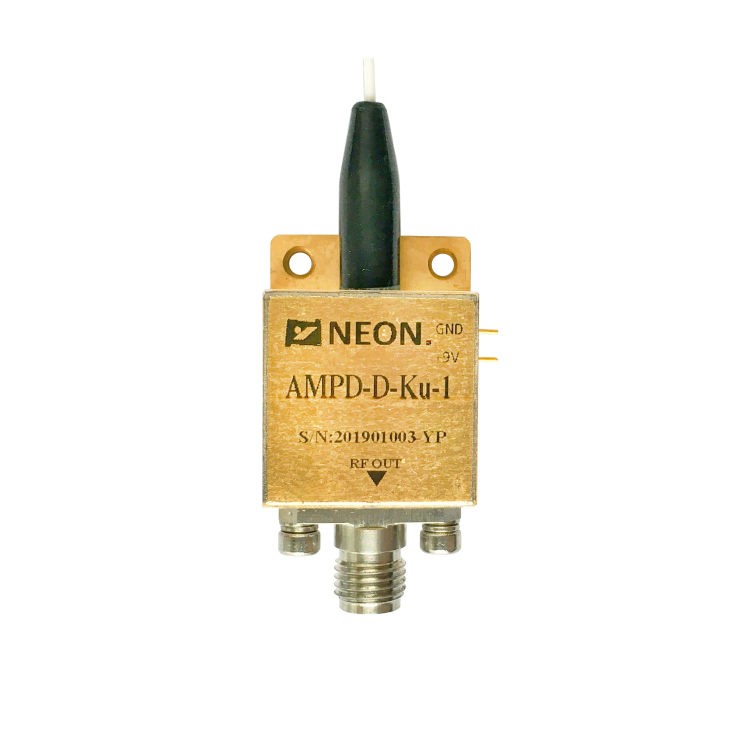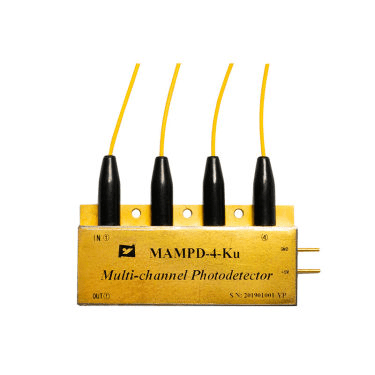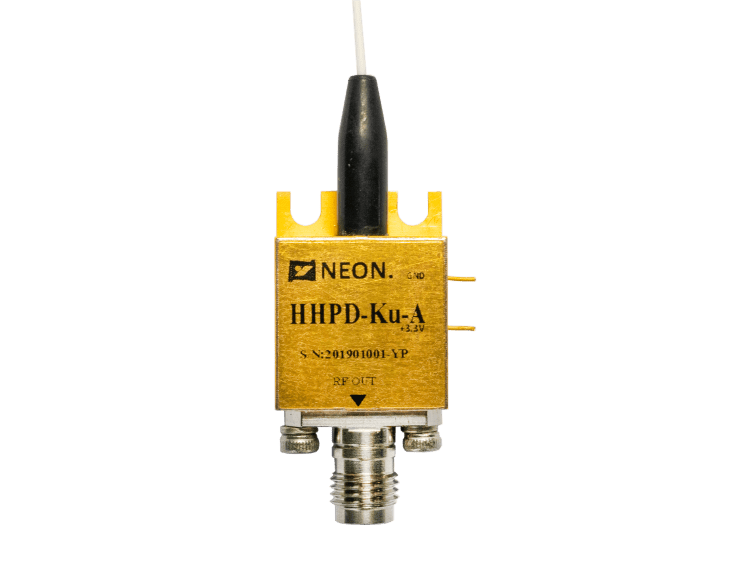Amplified Photodetectors: Powering Sensitive Light Detection
Amplified photodetectors are a cornerstone of modern optoelectronic technology. By merging a photodiode, the light-to-current converter, with a preamplifier, they elevate weak light signals into robust electrical signals. This amplification process enhances the signal’s reliability and stability, making it suitable for a diverse range of applications. At the heart of this technology lies the ingenious design of the internal amplification circuit, particularly the trans-impedance amplifier (TIA). This article delves into the operational principles of amplified photodetectors, exploring the roles of photodiodes and amplifiers, the intricacies of the amplification mechanism, and the extensive applications that leverage this powerful technology. We will also explore the specific advantages of high-speed amplified photodetectors within this domain.
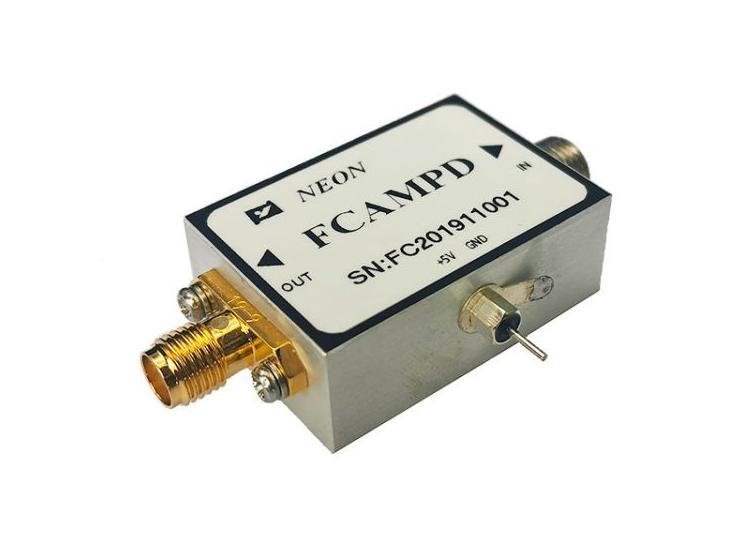
Core Components: Photodiode and Amplifier
The amplified photodetector’s functionality hinges on two key components: the photodiode and the amplifier.
- Photodiode: This light-sensitive element forms the foundation of the amplified photodetector. It operates based on the well-established principle of the photoelectric effect. When light strikes the photodiode’s PN junction, the energy from the photons is absorbed by electrons. This absorption triggers the electrons to jump from the valence band to the conduction band, generating an electrical current. The intensity of the incident light has a direct correlation with the magnitude of the produced current. To further enhance the response speed and sensitivity of the photodiode, a reverse bias voltage is introduced.
- Amplifier: The amplifier plays a critical role in transforming the feeble current generated by the photodiode into a robust electrical signal. Within the amplified photodetector, the trans-impedance amplifier (TIA) reigns supreme. This specialized amplifier excels at converting the photodiode’s current into a voltage signal with a significantly higher gain. The TIA’s core components are an operational amplifier and a feedback resistor. The operational amplifier provides the necessary high gain, while the feedback resistor dictates the overall gain of the amplifier.
Amplification Mechanism of Amplified Photodetector
The amplification process within an amplified photodetector is meticulously crafted to ensure optimal signal integrity. Here’s a closer look at the key elements involved:
- Feedback Capacitor: This crucial component introduces stability to the TIA’s gain. It effectively prevents unwanted oscillations within the circuit, maintaining a consistent and reliable amplification level.
- DC Offset Correction Circuit: Even minute fluctuations in power supply voltages can introduce a DC offset, potentially compromising the signal’s accuracy. To address this, amplified photodetectors often incorporate a DC offset correction circuit. This circuit meticulously eliminates any DC offset, guaranteeing the fidelity of the amplified signal.
- Noise Reduction Techniques: Noise remains a persistent challenge in any electronic system, and amplified photodetectors are no exception. To minimize noise’s impact, designers meticulously optimize the circuit layout and meticulously select low-noise components, particularly low-noise operational amplifiers. Additionally, precise temperature control mechanisms and meticulous shielding designs are implemented to further ensure the stability and reliability of the amplified signal.
Understanding High-Speed Amplified Photodetectors
While conventional amplified photodetectors excel in various applications, high-speed amplified photodetectors cater to a specific niche that demands exceptional responsiveness. These specialized detectors boast significantly faster rise times and broader bandwidths compared to their standard counterparts. This enables them to capture and amplify rapidly changing light signals with minimal distortion. High-speed amplified photodetectors are instrumental in applications where capturing fleeting light pulses or high-frequency light modulations is paramount.
Here’s a breakdown of the key factors that differentiate high-speed amplified photodetectors:
- Faster Response Time: High-speed amplified photodetectors are designed to minimize the time it takes for the signal to rise from 10% to 90% of its final amplitude (rise time). This rapid response ensures faithful capture of even the most transient light signals.
- Broader Bandwidth: Bandwidth refers to the range of frequencies that an amplified photodetector can effectively handle. High-speed amplified photodetectors boast a significantly broader bandwidth, allowing them to process and amplify a wider spectrum of light modulations.
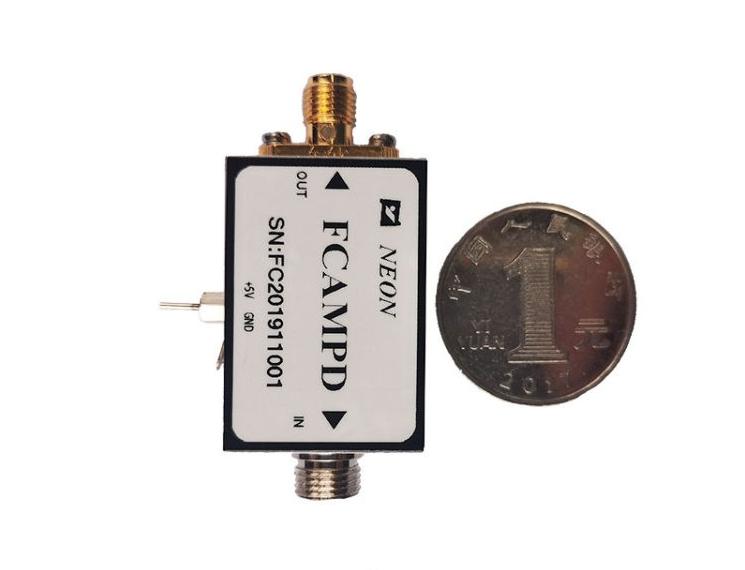
Applications of Amplified Photodetectors
Amplified photodetectors, both standard and high-speed variants, play a pivotal role in a diverse range of applications that capitalize on their ability to detect and amplify weak light signals. Here are some prominent examples:
- Optical Fiber Communication: At the heart of modern communication networks lies optical fiber. Amplified photodetectors are indispensable components within optical fiber receivers. They effectively detect the faint light pulses transmitted through the fiber optic cables and amplify these signals for further processing. This ensures the reliable transmission of data over long distances.
- Biomedical Imaging: Amplified photodetectors find extensive applications in various biomedical imaging techniques. They play a crucial role in capturing and amplifying weak light signals emitted or reflected from biological samples. Techniques like fluorescence microscopy and bioluminescence imaging rely on amplified photodetectors to measure the minute variations in light intensity across a sample. This information is then translated into high-resolution images, enabling researchers and clinicians to diagnose diseases, monitor treatment progress, and conduct vital biological research.
- Environmental Monitoring: Amplified photodetectors are becoming increasingly valuable tools in environmental monitoring applications. They can be employed to detect and analyze air and water quality by measuring the concentration of specific pollutants that emit or absorb light at distinct wavelengths. Additionally, they can be used to monitor light pollution by measuring the intensity of artificial light sources at night.
- Astronomical Observation: Unveiling the mysteries of the universe hinges on our ability to detect faint light signals from distant celestial objects. Here, high-speed amplified photodetectors excel. Their exceptional responsiveness and broad bandwidth enable them to capture fleeting light pulses from stars, pulsars, and other astronomical phenomena. This data is vital for astronomers to study the formation and evolution of celestial objects, understand the nature of light itself, and probe the depths of the cosmos.
- High-Speed Communication Systems: Beyond optical fiber communication, high-speed amplified photodetectors are becoming increasingly important in high-speed data transmission systems employing free-space laser communication. These systems transmit data by modulating light beams, and high-speed amplified photodetectors are crucial for receiving and demodulating these rapidly changing light signals, ensuring reliable data transfer at exceptional speeds.
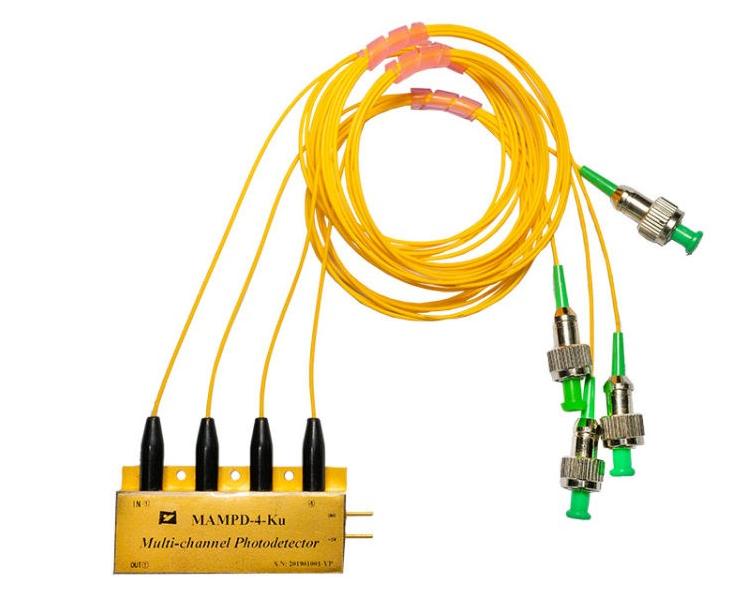
Conclusion
Amplified photodetectors, with their ability to amplify weak light signals and improve signal fidelity, have become indispensable tools across various scientific and technological frontiers. The continuous advancements in material science, circuit design, and fabrication techniques are constantly pushing the boundaries of amplified photodetector performance. As high-speed amplified photodetectors reach even greater levels of responsiveness and bandwidth, we can expect even more groundbreaking applications to emerge in fields like telecommunication, medical diagnostics, and astronomical exploration. The future of amplified photodetection undoubtedly shines bright, holding the potential to revolutionize our understanding of the world around us and beyond.


